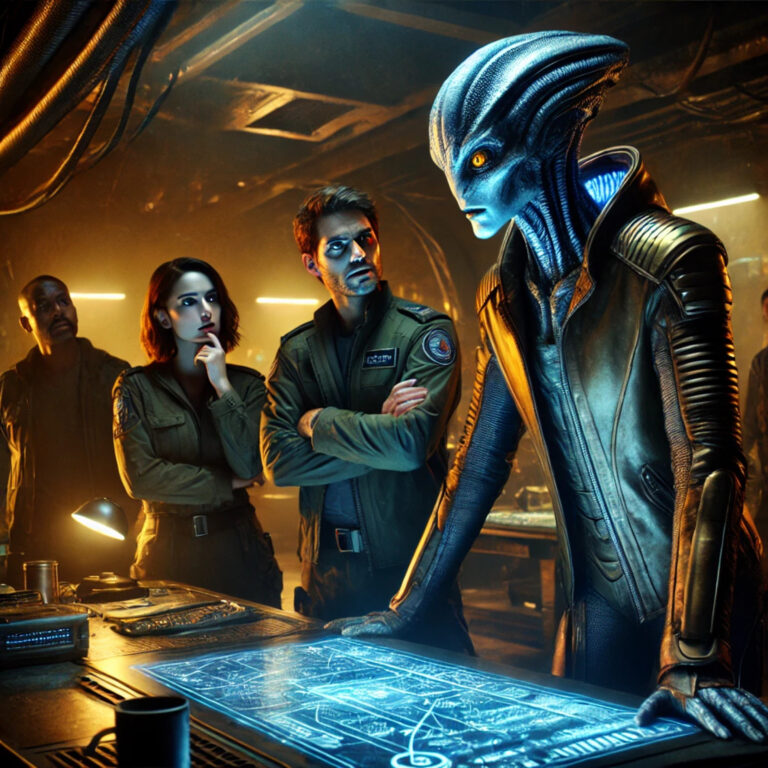Ursa Minor, also known as the Little Bear or the Little Dipper, is a small constellation located in the northern celestial hemisphere. It is part of the larger constellation Ursa Major, or the Great Bear, which is one of the oldest and most well-known constellations in the sky.
Ursa Minor is most notable for containing the North Star, also known as Polaris. The North Star is the brightest star in Ursa Minor and is located at the end of the Little Dipper’s handle. Because it is located at the celestial north pole, the North Star appears to remain stationary in the sky while the other stars rotate around it. This makes it a useful navigational tool for sailors and travelers.
The other stars in Ursa Minor are not as bright as Polaris, but they are still visible to the naked eye. The four stars at the end of the Little Dipper’s bowl form a square shape known as the “Circlet.” These stars are named Kochab, Pherkad, Yildun, and Anwar al Farkadain.
Ursa Minor is a circumpolar constellation, which means that it is visible throughout the year in the northern hemisphere. It is located in the same region of the sky as the Big Dipper, another well-known constellation. The two constellations are often depicted together, with the Little Dipper appearing to be nestled under the Big Dipper’s handle.
In mythology, Ursa Minor is associated with a number of different stories. In Greek mythology, the constellation is said to represent Arcas, the son of Zeus and Callisto. In Native American mythology, the Little Dipper is sometimes associated with the myth of the Seven Brothers, who were turned into stars as a punishment for their misbehavior.
Overall, Ursa Minor is a small but notable constellation that is well-known for its bright North Star and its association with the Big Dipper. It is a useful tool for navigation and has a rich history and cultural significance.








